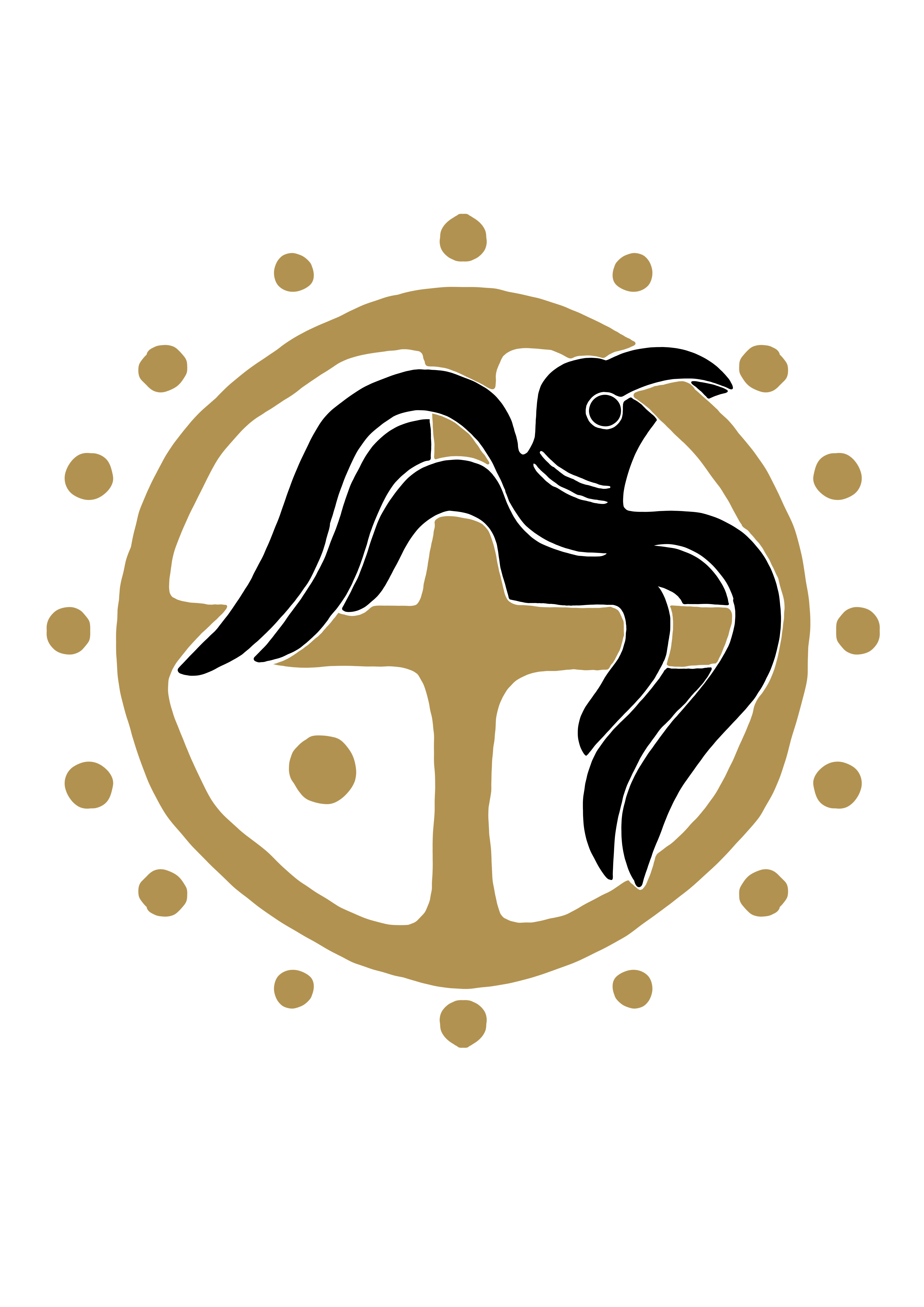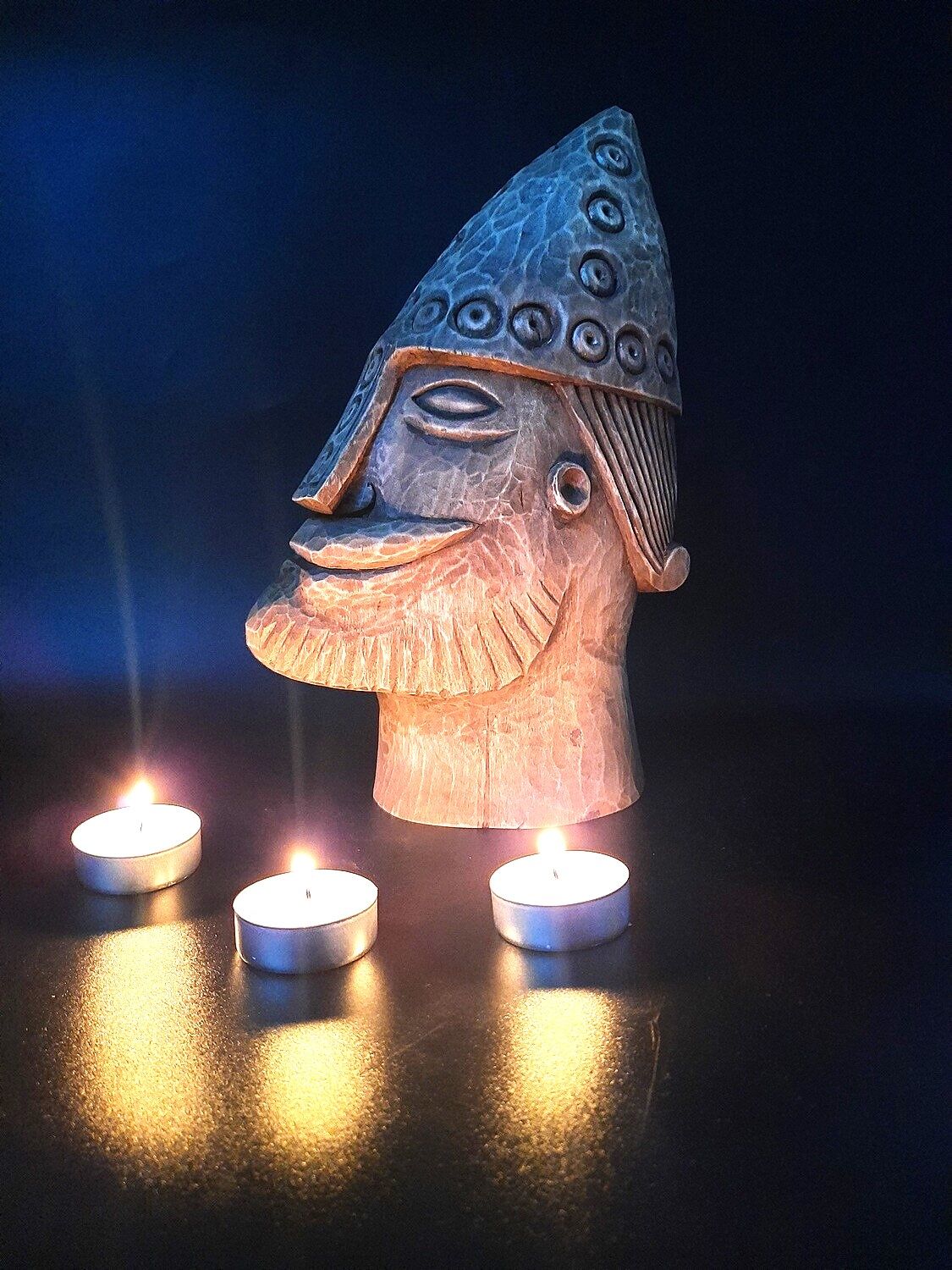Sigtuna Viking in Helmet Wood Statue – Unique Viking Artifact Replica, 30 cm, Patinated
Sigtuna Viking in Helmet Wooden Statue - We call His "Thor" – Limited Edition Artwork inspired by famous Viking Artifact.
This one-of-a-kind Viking in helmet wood carving, inspired by the Sigtuna Viking motif, is a masterful reproduction of an iconic artifact warrior in helmet depiction from the Viking Age. The original Viking piece is known for its Helmet with solar symbols and serves as an important piece of Viking history, now captured in this meticulously crafted wooden statue.
- Height: 30 cm
- Material: High-quality wood, patinated for an antique look
- Edition: Limited edition, each piece is unique
- Origin: Handmade in Ukraine
- Artistic Inspiration: Based on the famous Sigtuna Viking helmet featuring Viking warrior wearing the Helmet.
This Viking statue beautifully captures the blend of ancient Viking artistry with modern craftsmanship, making it a perfect addition to any collection of Viking history and European Pagan art enthusiasts.
Charitable Cause: Proceeds from the sale of this item support Ukrainian artisans and various initiatives. Your purchase not only adds a unique artifact to your collection but also supports the preservation of ancient art and culture.
For those interested in rare Viking artifacts, this wooden Viking statue is a remarkable piece that embodies the spirit and craftsmanship of the Viking Age, symbolizing strength, heritage, and the legendary Viking warriors. Don't miss out on this special piece at an exclusive price.
Get your Viking Helmet Wooden Statue today and support European artisans.
For more information or to purchase, please contact: info@algizrune.com
SEO Keywords:
- Viking helmet wood carving
- Sigtuna Viking artifact
- Viking wooden statue
- Viking Age helmet replica
- Handmade Viking artifacts
- Viking replica with solar symbols
- European Pagan art
- Viking history collector's item

